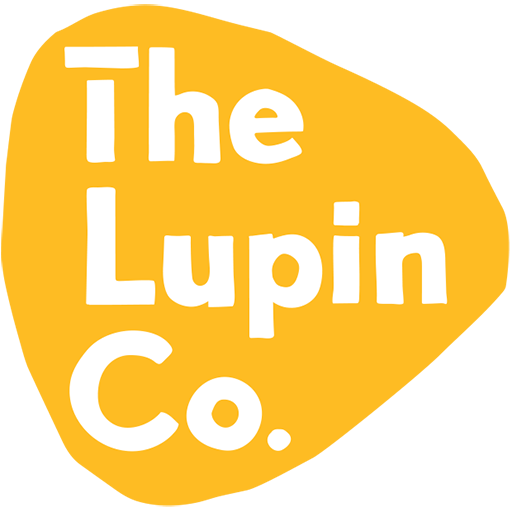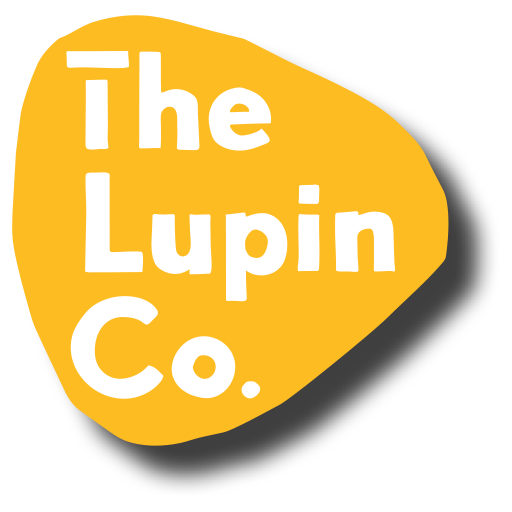Health
The Quest for Sustainability
What does it mean to be sustainable?
Sustainability means different things to different people. To The Lupin Co, sustainability means leaving the earth in a better condition than we found it. It means that we work hard to find ways to improve our business without causing damage to the environment – our air, land and sea.
To ensure we are managing in a sustainable way, a key strategic goal for The Lupin Co has been to synchronise with the United Nation’s Sustainable Development Goals (SDG). The overarching statement on SDG’s is extensive and offers a benchmark to business and is stated by the UN as follows :-
“…The 17 Sustainable Development Goals (SDGs) are the world’s best plan to build a better world for people and our planet by 2030. Adopted by all United Nations Member States in 2015, the SDGs are a call for action by all countries – poor, rich and middle-income – to promote prosperity while protecting the environment. They recognize that ending poverty must go hand-in-hand with strategies that build economic growth and address a range of social needs including education, health, equality and job opportunities, while tackling climate change and working to preserve our ocean and forests…” ***
*** https://sustainabledevelopment.un.org/
Not all businesses are able to deliver against all 17 SDG’s. The key area of focus for The Lupin Co is recognising that the SDG’s are broad and apply across our whole business. We work to find the best option for creating activity which delivers a nett benefit to the environment.
When we started The Lupin Co, we wanted to ensure we were making every effort to meet the SDG’s and to do that we needed a benchmark – a guiding principle for our business. Adopting the SDG’s as our compass for sustainability has been challenging yet exciting, because the message we seek to express to others is that by adoption of the SDG’s means that we are becoming a better business.
The following Infographic shows all of the 17 goals through the UN SDG’s :-

https://www.un.org/sustainabledevelopment/news/communications-material/
Now, we know that we can’t align our business to all of these. No business can. However, there are many SDG’s that we can adopt immediately to guide our strategic decisions. This paper is just a snapshot of how we are working to align to the SDG’s, to help us gradually become better at what we do in all of our business decisions.
Almost everyone that has been working with Australian Sweet Lupin as a seed breeder, agronomist, farmer, or small-time food manufacturer will know that there is lots of magic about this humble Australian Legume. But for all of the papers we’ve read over the years, we cannot remember reading a single one that adequately summarises the benefits of lupin against a globally accepted sustainability benchmark. In this article we have attempted to show how this plant delivers benefits to humans and the environment on many levels and delivers against the UN SDG’s.
We also hope to raise awareness that lupins do have a fantastic future because of all the great contribution they make as a valuable ‘break crop’. When farmers incorporate lupin into their cropping rotation and more importantly, when consumers buy lupin products, the value of this to the environment flows all the way back to the source of production – the farm. So here goes…

Nitrogen – organic or manufactured
We know that legumes produce organic nitrogen in small white nodules called rhizomes on the plant roots. But rarely do we stop to consider that although this organically produced nitrogen appears below the soil in the root ball, it eases the pressure on farmer’s needs to purchase nitrogen, currently produced industrially from natural gas. This industrial nitrogen product serves a useful purpose when nitrogen is not organically available in sufficient quantities to optimise production, but the downside to this product is that it becomes volatile following rain and escapes from the soil. Plants need nitrogen to grow. Nitrogen also helps agricultural plants (wheat and barley) to improve yield and quality.
When organically produced nitrogen is available (from the lupin plant) and then accessed by cereal plant roots, for example a wheat crop planted after a lupin crop, the nitrogen is far more stable, stays in the soil longer and has a much larger and beneficial effect. The other important aspect is that organically produced nitrogen from lupin is far less costly than nitrogen purchased from an industrial source. More importantly, organic nitrogen means the nitrogen is extracted from the air and not fossil fuels, which is an unsustainable option.
Lupin has the ability to produce massive amounts of organic nitrogen. Just imagine millions of lupin plants, all producing nitrogen on the roots, available for the following years crop. The nett benefit is that with less pressure on farmers buying industrial nitrogen and greater availability of lupin-produced nitrogen, the sustainability of crops to produce protein for human food is very real. Part of the alternative sits right in front us – in the root system of the lupin plant.


Carbon – soil and sequestration
Carbon offsets, carbon sequestration, soil carbon are some of the terms used which goes to the heart of a significant challenge to our society desperately needing to reduce carbon in our air.
What role can lupin play? Lupin has a tap root that can be 2 metres or longer and serves to not only stabilise soils, but also sends organic matter (the root material) to the lower reaches of our Western Australian Sandy soils. In many ways, it is a water chasing plant. This feature helps the lupin plant to access water when rain levels are less than ideal. But more importantly, the plant is capturing carbon from the atmosphere and transferring that carbon into root material into the deep soils – which is effectively carbon sequestration.
Imaging a paddock with 20cm row spacings between plant – that is 25 million plants per hectare and a lot of root material below the surface. With well over 800,000 hectares of lupin grown in Western Australia annually, that silent operation is capturing lots of carbon. We have started collecting plenty of data to determine how much carbon is captured year to year.

Water Use Efficiency/Reducing our Water Footprint
How efficiently do lupins use water? This is often referred to as ‘water use efficiency’. So, the less water used for the greatest amount of final product, the better. One way to describe ‘water use efficiency’ is ‘Water footprint per unit of nutritional value’. A key report by M.M. Mekonnen and A.Y. Hoekstra in 2010 entitled “The green, blue and grey water footprint of farm animals and animal products” reported that the quantity of water used in litres per gram of protein was 112 litres for Bovine (cattle), 63 litres for sheep/goat and 34 litres for chicken production. Let’s compare that to Lupin…
Data from our farms show that for a lupin crop yielding 1.5t/ha and an average annual rainfall of 300mm, the water footprint per unit of protein is a mere 0.005 litres per gram of protein – an astonishing comparison to animal farming.


Chemical usage – the intersection with Crop rotation
The use of chemicals on farms globally (other than organic farms) is common practice. The balance of using chemicals to control weeds, remove crop-damaging insects and fungi/moulds is a very difficult balancing act, both environmentally and financially.
The benefit of using lupin as a rotational or ‘break-crop’ offers farmers the advantage of being able to gradually reduce their chemical use. Without break crops, similar chemical ‘groups’ are continually used and this leads not only to chemical resistance by weeds and insects but also the need to increase the volume of chemical used.
Having a lupin rotation in cropping rotations offers a substantial and reliable tool for reducing chemical use and spreading some of the risks of weed and pest resistance.

Post Farm Gate
The Lupin Co made the decision to vertically integrate from farm to plate. A connection to the best farmers we could find and to some of the best lupin-growing area in the world was critically important to us. To preserve the identity of lupin seeds at the production source and be able to fully understand all inputs and risk management activity on farm is a key aspect for our partners. As well as the farm operation sustainability actions, we have also invested in infrastructure and systems along the entire supply/demand chain.
One way we are making another difference is with the use of solar power. Installation of a 300kw+ solar power supply has delivered immediate benefits to our energy costs for day-time operations. The goal of a sustainable power source for operations is a critical strategic goal.

Summary
In summary, working towards the UN SDG’s has helped The Lupin Co become more focussed on key metrics which help our strategic goals, including making the world a better place. Our challenge now is to find ways to objectively measure these activities and then to develop strategies inside the business which help us to continually improve. Not a particularly simple pathway, but we see it as an essential one.
While not all businesses are able to deliver against the 17 SDG’s, the key area of focus for The Lupin Co is recognising and applying the best SDG options across our whole business to deliver a nett benefit to the environment.
David Fienberg, Managing Director, The Lupin Co, www.thelupinco.com.au
12 November 2020

